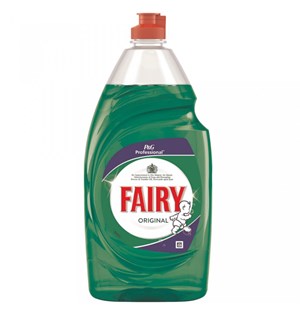Guide to Polishing
In this guide to polishing CLICK CLEANING aims to provide you with advice on the best practices to polishing silver and aluminium.
You may think that a guide to polishing is a little unnecessary - after all, you just need to pick up some furniture polish along with a cloth and away you go. However, there are often other materials which require polishing and your traditional cleaning products will not always offer the best results, and can in fact often be quite damaging.
HOW TO POLISH SILVER
Silverware is a prized possession in many households and the thought of polishing the tarnishes, scratches and stains can be quite a daunting one - we don’t want to cause further damage to our elegant but fragile silverware. Below you will find a step by step guide on how to regain that soft lustre once more.
CLEANING
1. If there isn’t a single tarnish in sight, simply wash your silverware in warm water using a phosphate-free detergent. Ensure that you wash your silverware separately from other metal dishes to avoid scratches and other forms of damage.
2. Rubber gloves can corrode silver, so instead use a NITRILE DISPOSABLE GLOVE or a soft CLOTH to clean your silverware. Once cleaned use a soft cotton CLOTH to buff.
POLISHING
1. First, moisten a cellulose sponge and add a formulated silver POLISH - we recommend using PEEK METAL POLISH 100gm TUBE.
2. Rub the POLISH into the silver in a back and forth motion. Many people believe that circular movements are better; however, this can promote a scrubbing motion.
3. Rinse with cold water and dry with a soft cotton CLOTH.
HOW TO POLISH ALUMINIUM
When cleaned and polished to perfection, aluminium can achieve an almost chrome-like finish. Follow the step by step guide below for a great shine every time.
CLEANING
1. With warm water and WASHING-UP LIQUID clean any debris off of the aluminium and leave to dry.
2. In the occurrence of anodizing use an OVEN CLEANER and leave for 10 minutes or so. Rub the OVEN CLEANER with a towel, rinse with water and dry.
3. Pour some paint thinner onto a towel and rub into the aluminium using circular movements - this will prepare the metal for sanding. Once covered in paint stripper, rinse with water and dry.
4. Use sandpaper with a grit of 320 and sand all over the aluminium area. Continue to sand, increasing the grit, until you have achieved a smooth surface.
POLISHING
1. With a buffing pad and brown cutting compound buff the aluminium using circular motions, before swapping the brown cutting compound for a rouge cutting compound to rebuff the metal.
2. Wipe the aluminium using a soft flannel.




.jpg?v=pod&t=637908903356900000)